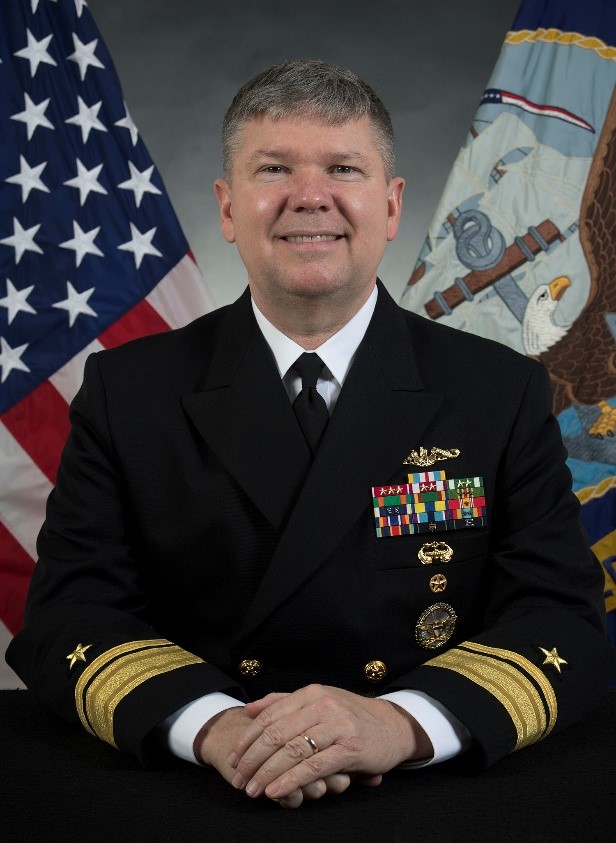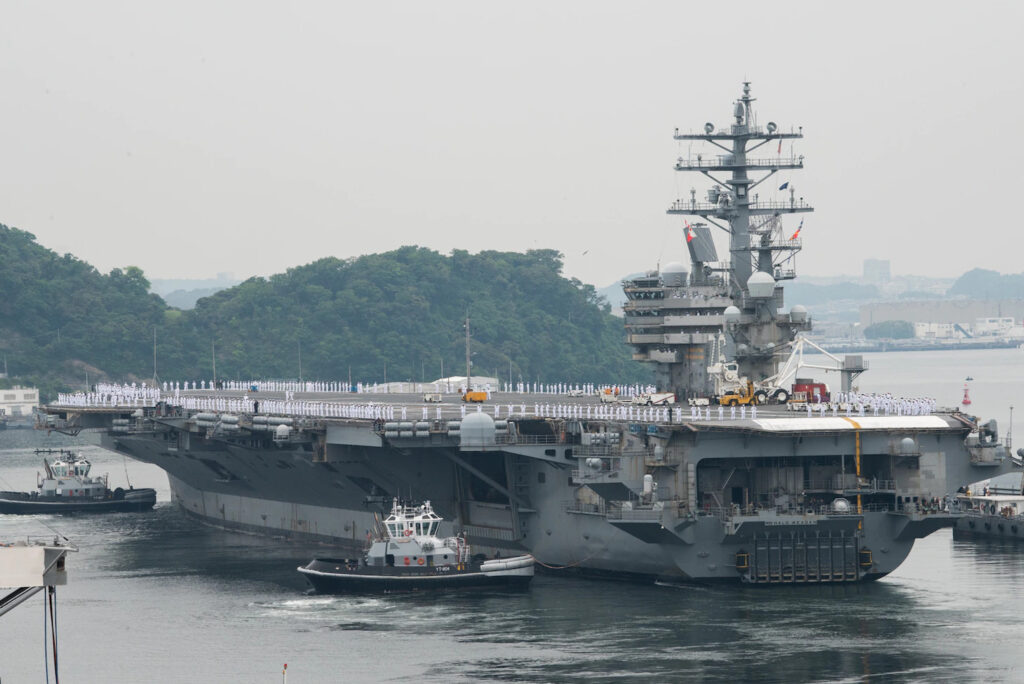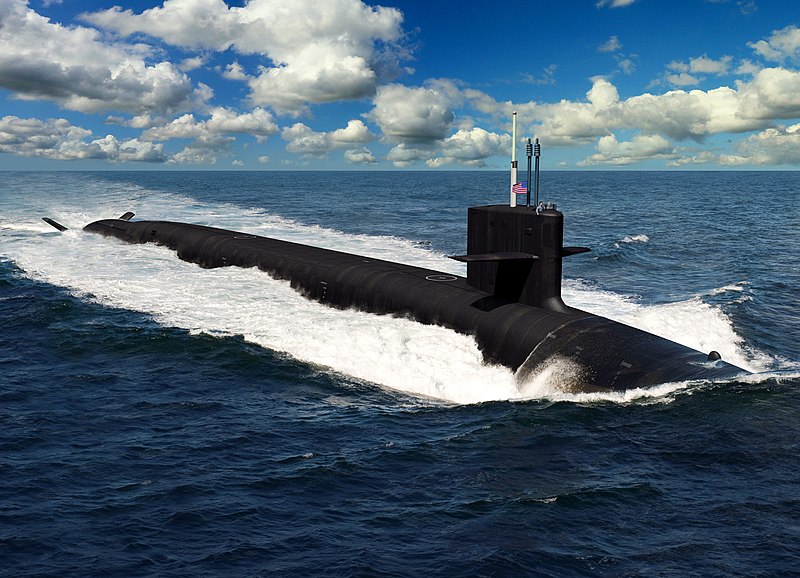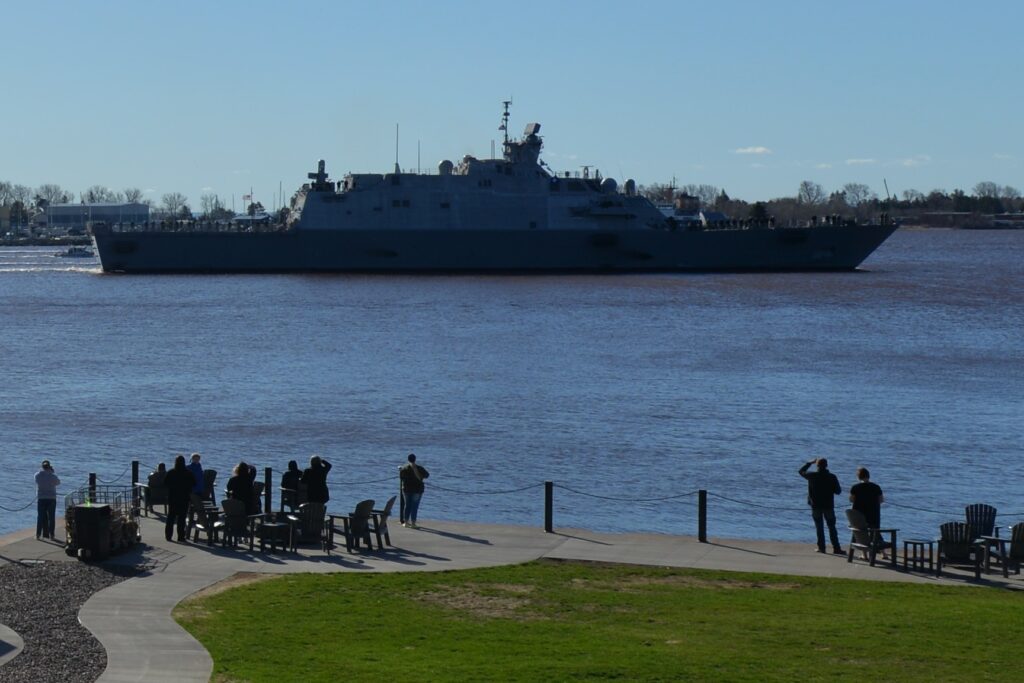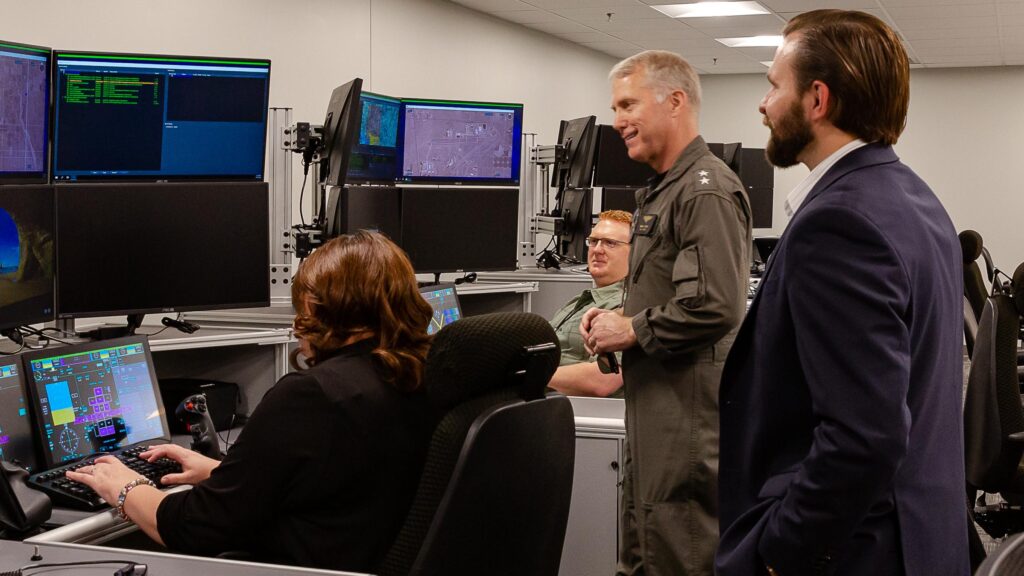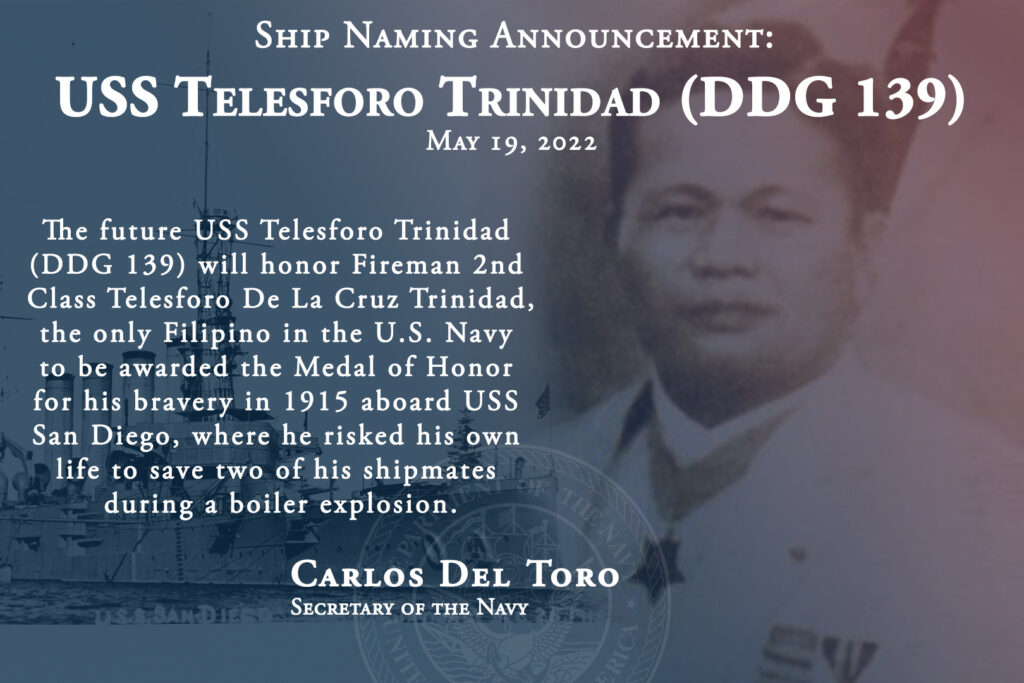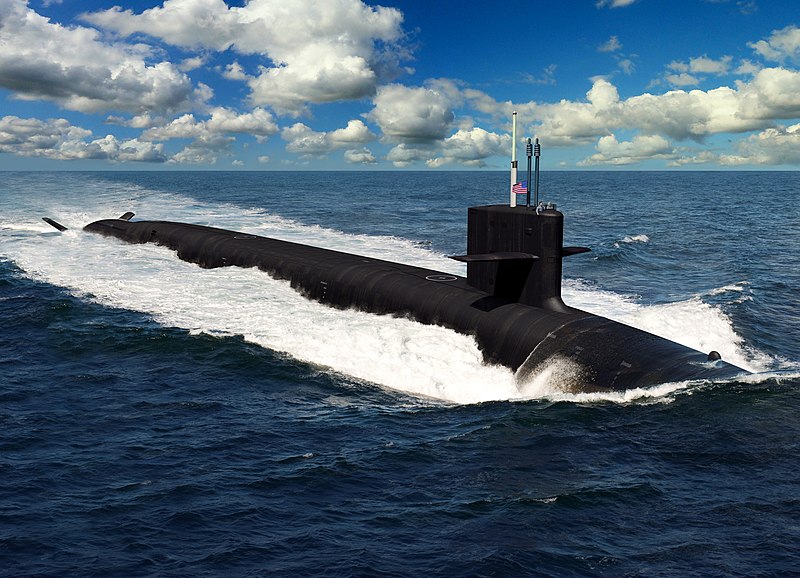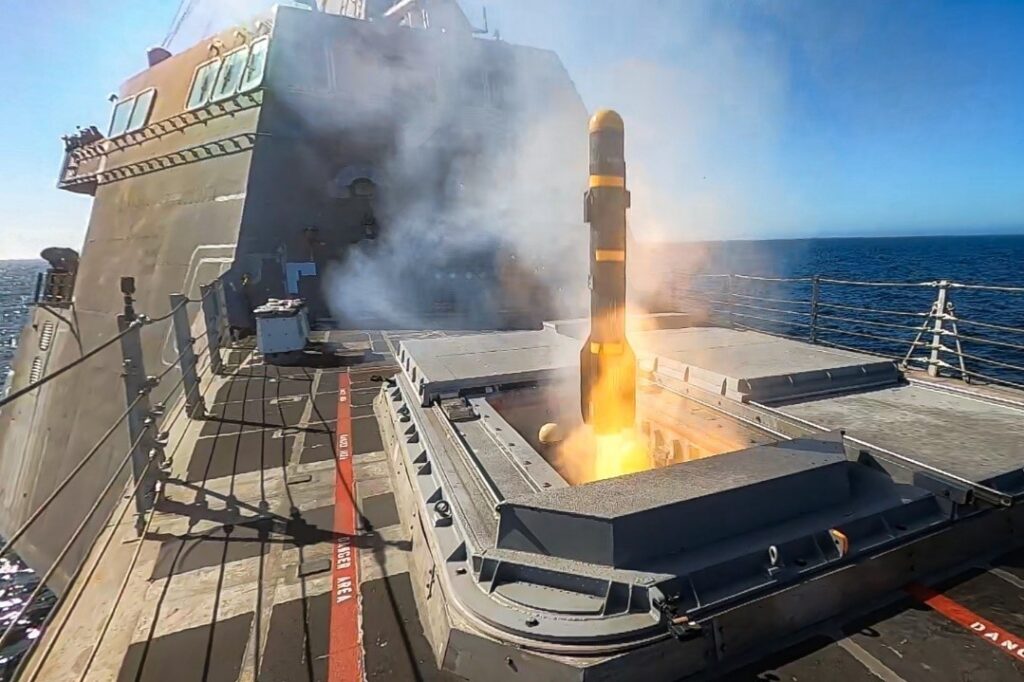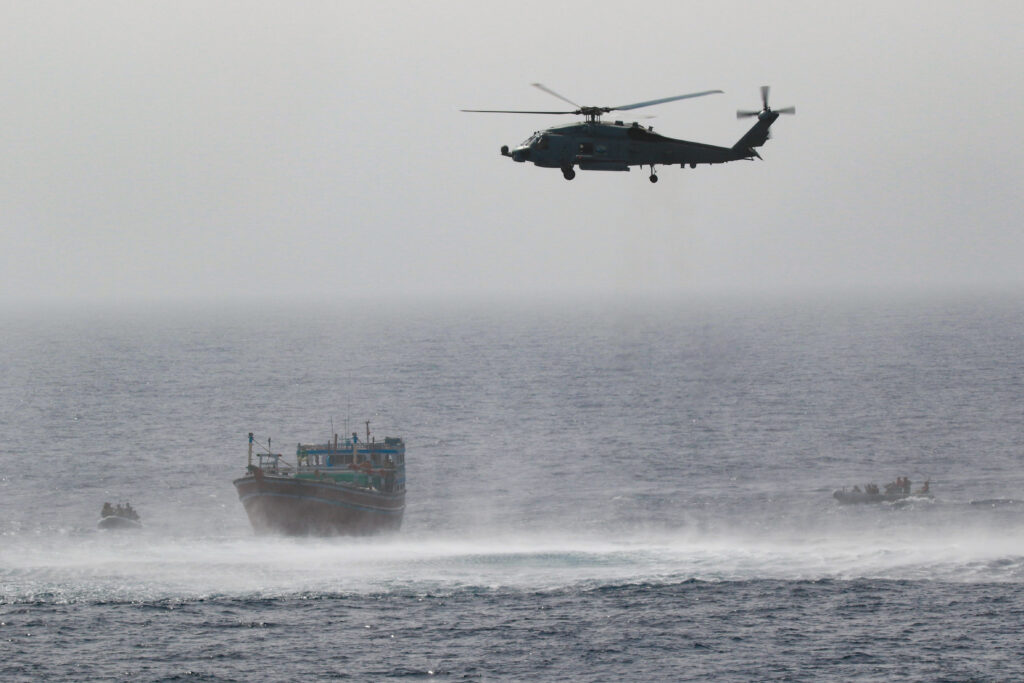Littoral Combat Ship USS Minneapolis-Saint Paul Commissioned
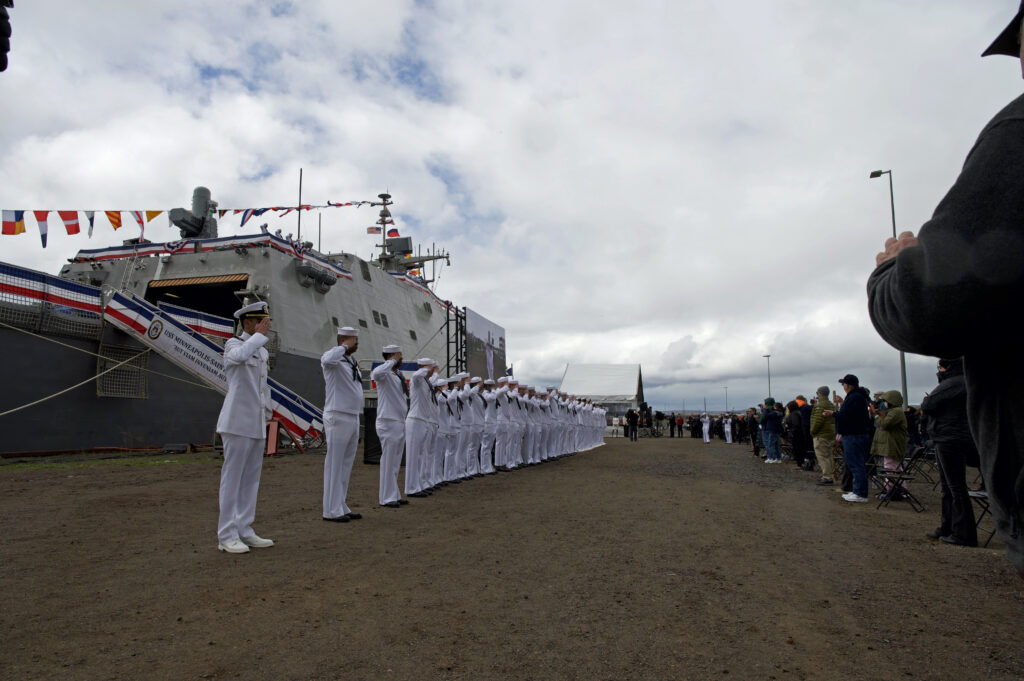
DULUTH, Minn. — The U.S. Navy commissioned its newest littoral combat ship, USS Minneapolis-Saint Paul (LCS 21), in Duluth, Minnesota, May 21, 2022, said Commander, Naval Surface Force, US Pacific Fleet, in a release.
Rep. Betty McCollum, of Minnesota’s 4th District, was the principal speaker for the commissioning ceremony.
“The strength of America’s national security, and the democratic values we hold dear, are being tested today like they have not been in decades,” said McCollum. “I can think of no two names that represent that strength more than Minneapolis and Saint Paul. Together we are one team — those who built this fine ship, and those who will serve on her. It is the strength and determination of the American people that is the backbone of our national security.”
Erik Raven, undersecretary of the Navy, reflected on attending his first commissioning ceremony. “The Twin Cities represent the Great State of Minnesota’s economic, cultural, and political center. The Twin Cities play a significant role in our nation’s economic network,” said Raven. “Now, more than ever, it is fitting that a littoral combat ship is named Minneapolis-Saint Paul — honoring the legacy of work and contribution of the people whose work ultimately impacts our daily lives nationwide and globally.”
Vice Admiral Scott Conn, deputy chief of naval operations for Warfighting Requirements and Capabilities also attended. “Thank you all for preparing LCS 21 for this day,” said Conn. “I recognize how special it is to be together for this milestone, and to spend this day bringing the newest ship in our fleet to life in this way. And more so, to do it in the State of her namesake cities is unique and special.”
The governor of Minnesota, Tim Walz, also attended the ceremony. “This is a unique opportunity to gather ourselves as Minnesotans, and Americans,” said Walz. “We’re not just a country; we’re an ideal.”
Guest speakers for the event were Jon Rambeau, vice president and general manager of Lockheed Martin Integrated Warfare Systems and Sensors and Sen. Amy Klobuchar.
Rep. Pete Stauber, of Minnesota’s 8th District, assisted in placing the ship into commission. The ship’s sponsor Jodi Greene, former deputy undersecretary of the Navy, gave the first order to “man our ship and bring her to life.”
Built by the Lockheed Martin and Fincantieri Marinette Marine in Marinette, Wisconsin. Minneapolis-Saint Paul was launched and christened in on June 15, 2019. The ship completed acceptance trials, Aug. 21, 2020, and was delivered to U.S. Navy on Nov. 18, 2021.
Minneapolis-Saint Paul will be homeported at Naval Station Mayport, Florida.
